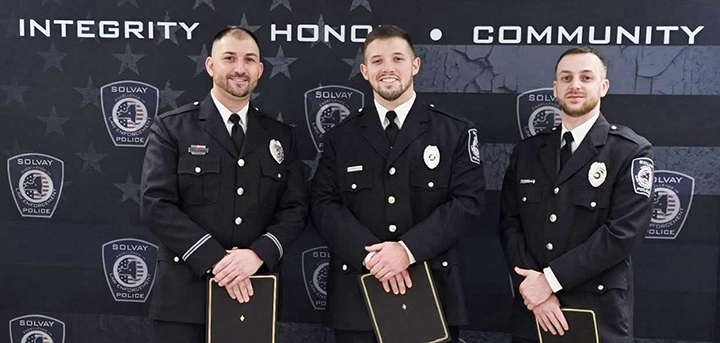Stop DWI tackles drinking, drugging and driving in Chenango County
NORWICH – The director of the Stop DWI program, Kathryn J. Clemens, sat down to discuss the drug and drinking problems in Chenango County and the different ways the program attempts to combat them.
Clemens, who has a masters in recreation administration, worked for the Youth Bureau in Chenango County for more than 20 years, before its funding was cut by 50 percent. The Youth Bureau funded recreational programs in the county, including parks and pools. The bureau’s funds were used to make recreational programs more accessible to youth in Chenango County from all socioeconomic backgrounds.
“Not everyone can afford memberships for recreation. Coming from a background in therapeutic recreation, I know the benefits of community recreation,” said Clemens.
When the funding was cut, Clemens said that county decision-makers wanted to keep the Youth Bureau in place and maintain the revenue resource. They decided to do this by combining the two revenue streams from the Youth Bureau and the Stop DWI program, which allowed the Youth Bureau to keep all its funding.
“They put families and youths first. They wanted to still be able to offer the community its recreation program,” said Clemens.
Clemens became the head of the combined Stop DWI and Youth Bureau program over a year ago. She said that her number one goal for the Stop DWI program is to “eliminate drinking or drugging and driving on the road.”







Comments